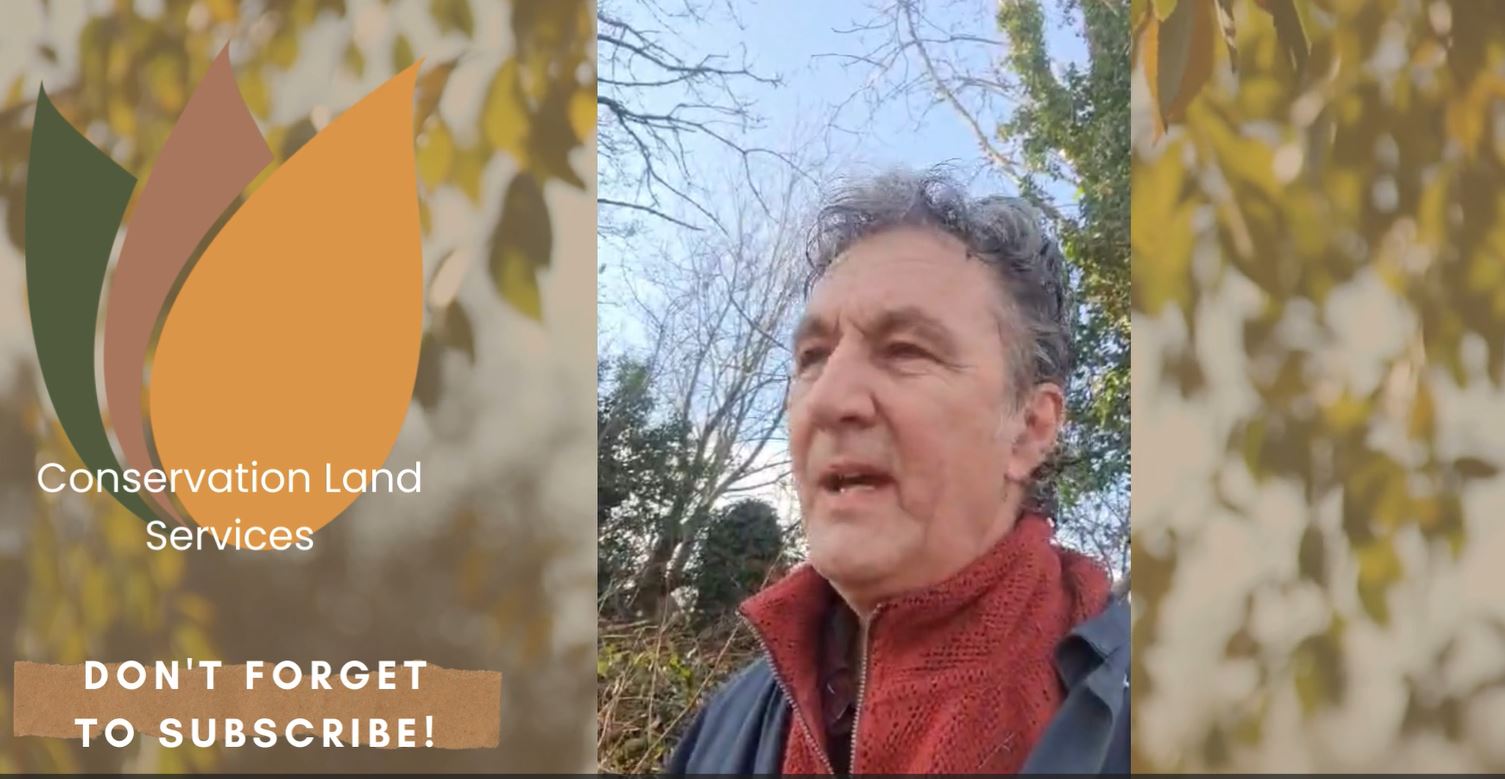Japanese knotweed is a notoriously aggressive invasive plant that can be extremely difficult to eradicate once established. This resilient perennial spreads voraciously, making it a threat to gardens, parks, and urban green spaces across the UK. While knotweed requires persistent effort to subdue, the dormant winter period provides an opportune time to implement control strategies as part of a seasonal management plan.
During winter, above ground stems and foliage die back as the plant enters a phase of dormancy. But underground rhizomes remain active, storing energy reserves the plant will draw upon for rapid, robust regrowth in spring. The diminished vegetation makes winter an ideal time to cut back knotweed stands and prepare infestations for follow-up herbicide treatments when the plant re-emerges.
Physical Removal
Manual cutting of knotweed during winter has multiple benefits for containment and control. Removing dead stalks and stems clears the area, making it more accessible and giving a clean slate for spraying or digging activities later on. It also reduces the risk of fragments being unintentionally spread during control efforts.
Careful timing is important though, as any cutting or mowing done after dieback but before true dormancy can actually stimulate growth. When cutting, do this 10cm above the ground to avoid the spread of rhizome. Start winter cutting only after several hard frosts have induced full senescence, indicated by completely brown, withered stems. Repeat cutting may be needed through winter to clear regrowth.
All plant material should be disposed of properly, either via composting, deep burial, or incineration, as segments left behind may re-sprout. Avoid pulling underground rhizomes which can break off and spread. The goal is clearing aboveground vegetation while keeping rhizomes intact for later treatment.
Herbicide Planning
While foliar herbicides are ineffective during winter when there’s no green growth to absorb chemicals, it’s an ideal time for planning applications. Surveying knotweed stands without obscuring foliage makes it easier to delineate the full extent of infestations across a site. This allows creating accurate treatment maps indicating the precise locations needing herbicide.
It’s also helpful to document stalk heights and densities as a gauge of infestation severity. Robust stems reaching over 3 metres signal a substantial, established colony requiring intensive management. Note any hazards like waterways that could be contaminated by chemicals to determine appropriate products and application methods.
Detailed mapping and documentation during winter gives a head start on spray plans so herbicide treatment can commence promptly when regrowth appears in spring. This takes advantage of early emergence when knotweed is most vulnerable.
To be most effective while using foliar herbicides should be used later in the season ideally after flowering. August, September and October.
Prevention and Containment
Even though the they are winter canes and the Japanese Knotweed appears dead they should be treated as controlled waste, they can be incinerated on site or stamped down and mulched in the area they are growing.
While winter offers opportunities for control efforts, it’s also critical for preventing further spread. Knotweed rhizomes can be accidentally transported in soil removal and landscaping work, so construction and digging should be avoided in and around infestations during dormancy, when new growth is not apparent.
Vigilance is also needed along waterways prone to winter flooding, as flowing water can dislodge and spread fragments downstream to form new colonies. Installing silt fencing and barriers around existing stands curtails spread by containing rhizome movement, supporting long-term management goals.
By taking advantage of Japanese knotweed’s winter dieback to execute preparatory cutting, herbicide planning, soil injection, and containment, land managers can implement a targeted, multi-season control strategy. Ongoing diligence is vital for combating this challenging foe. But concerted effort during winter provides a solid foundation for making headway against knotweed’s tenacious grip.
The Postcode Areas We Serve
Gloucester and Swindon
Birmingham and the Midlands
Bristol and the South West
Cardiff and South Wales










